Buena Mulata
This pepper variety sets itself apart in several ways, especially when compared to more commonly grown peppers. One of its most striking features is its color. The buena mulata starts as a beautiful shade of purple. Nearly Barney purple. From purple, the fruit further fade to orange, to brownish, and eventually the final red color.
The color transformation process of the Buena Mulata pepper is a fun addition to any garden. Initially, the fruit appears as a striking purple. As the pepper matures, the color shifts first to orange and eventually to red. Fruit can be used at any stage of development. Immature purple fruit will add a unique color twist to dishes like salsa.
Flavor and culinary uses:
For all intensive purposes, this pepper should be considered a purple cayenne , at least in terms of its heat and flavor characteristics. Treat it as a cayenne. Be aware that the purple color will NOT stay purple when fermented for hot sauce.
The culinary versatility of the Buena Mulata pepper makes it pretty helpful in the kitchen. It can be used in a multitude of dishes, including but not limited to hot sauces, salsas, stews, and marinades. Unlike the Jalapeno, which is commonly used for stuffing, this variety is way too skinny. Drying for powder/flakes, sauces, and stirfry are common uses.
20+ seeds per pack.

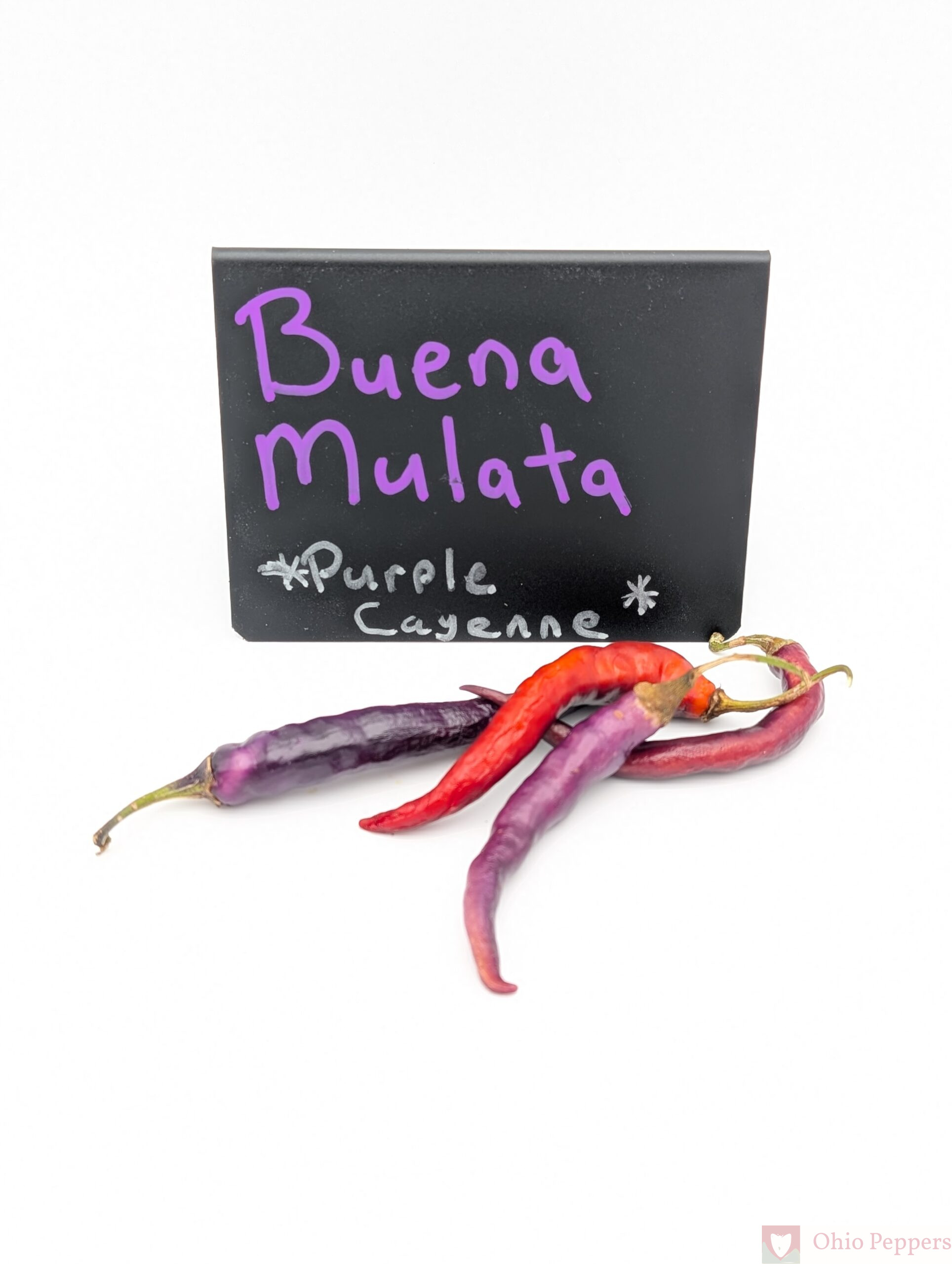
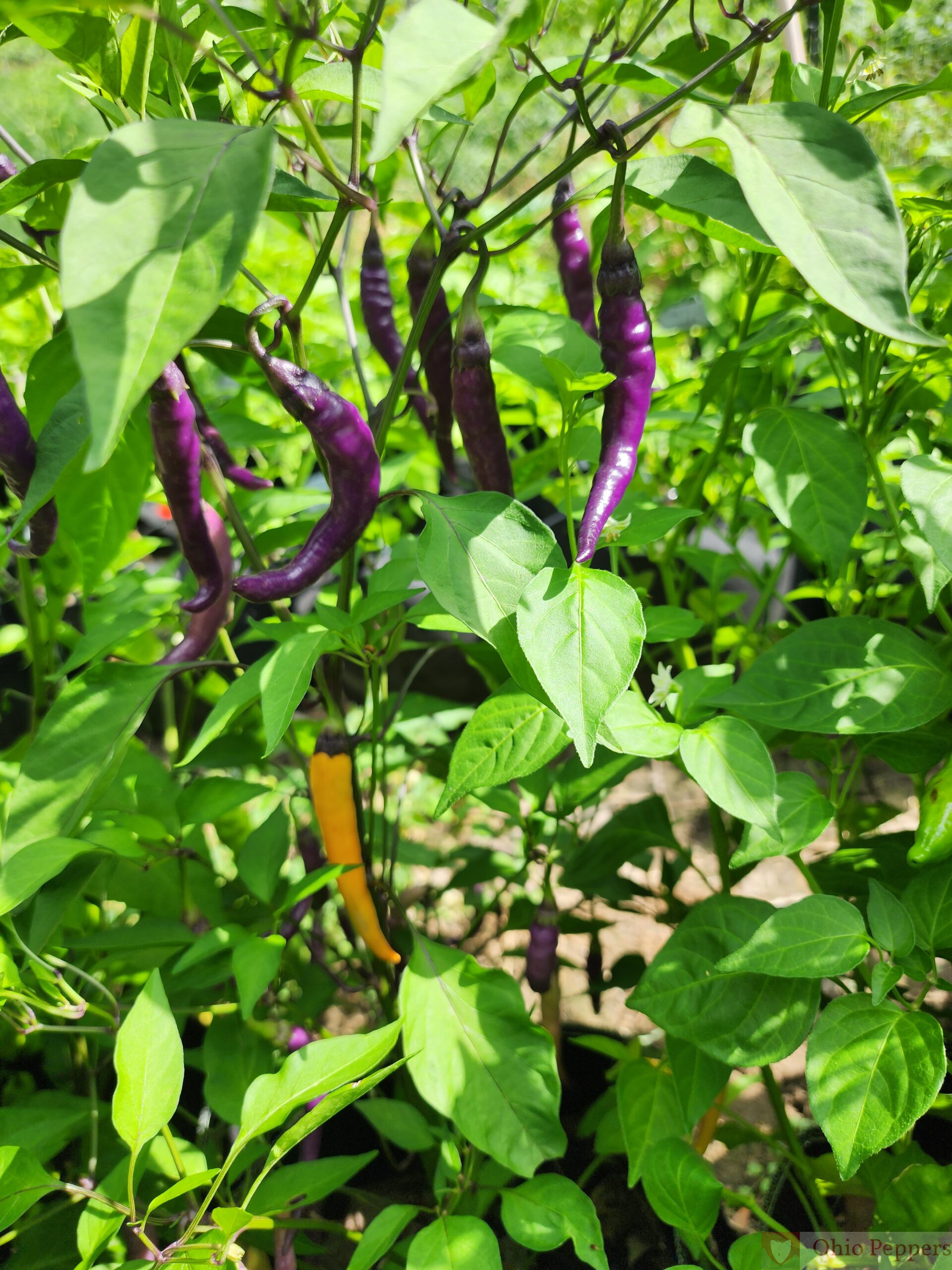



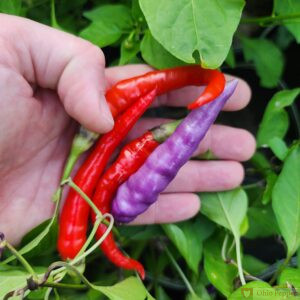
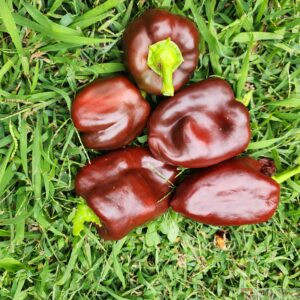
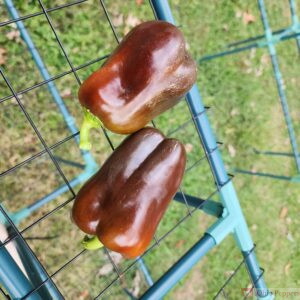


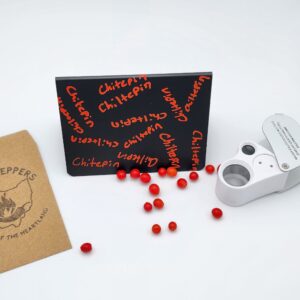
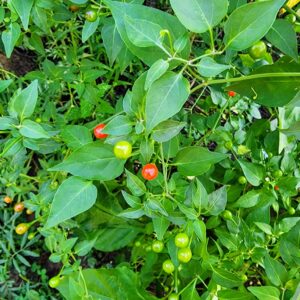
Jordan (verified owner) –
Awesome peppers that look cool too! Very high germination rate(I think I got 5/6). The plant is prolific in my garden and making hundreds of these little hot peppers, way more than I know what to do with, lots of gifts to friends. Great spice level, throwing them on so many dishes.
Jordan (verified owner) –
Awesome peppers that look cool too! Very high germination rate(I think I got 5/6). The plant is prolific in my garden and making hundreds of these little hot peppers, way more than I know what to do with, lots of gifts to friends. Great spice level, throwing them on so many dishes